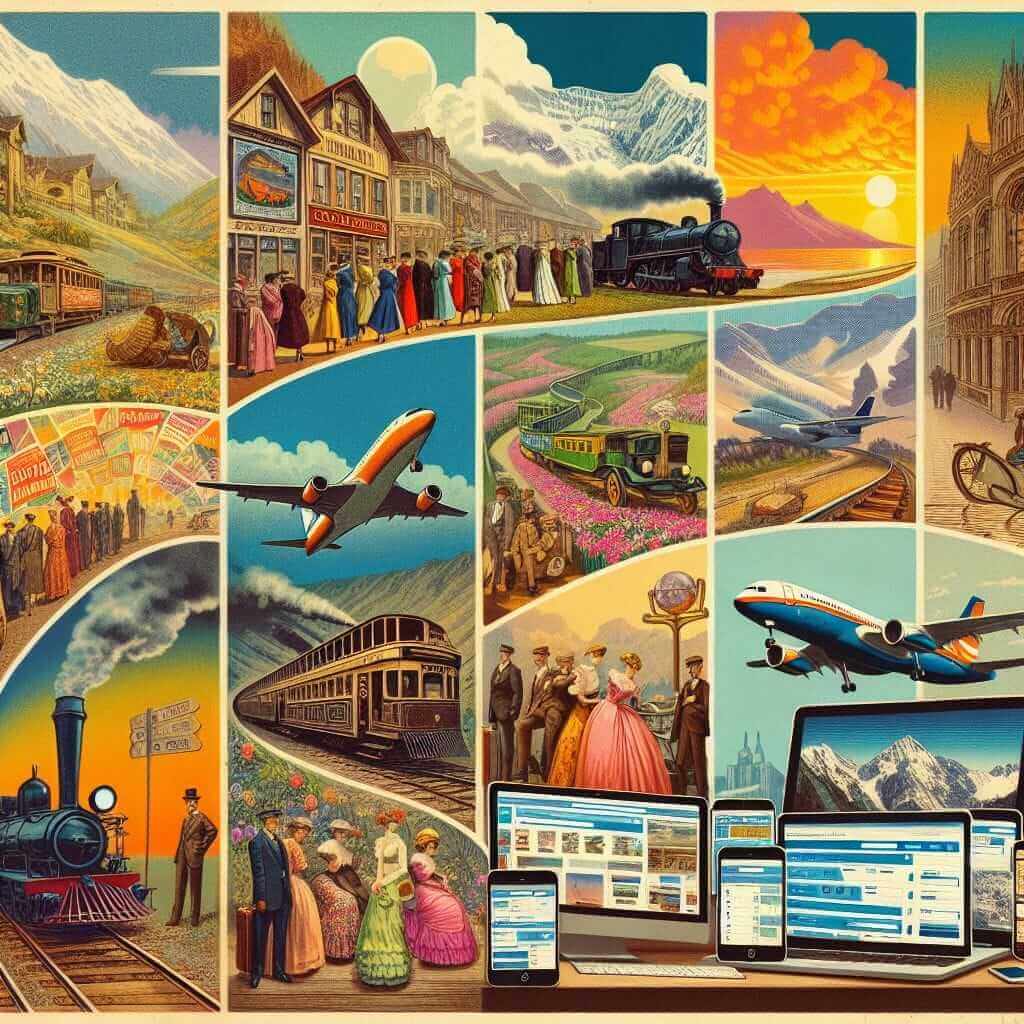The IELTS Speaking test can be daunting, especially when faced with questions requiring you to think on your feet. One such question that often arises is, “How has tourism changed over the years?”. This seemingly simple question requires a nuanced understanding of tourism trends and the ability to articulate them effectively.
This article will equip you with the knowledge and strategies to confidently answer this question, impressing your examiner and boosting your IELTS score.
Understanding the Question’s Scope
Before diving into structuring your response, it’s crucial to grasp what the examiner is assessing. This question probes your ability to:
- Demonstrate knowledge: Showcasing your understanding of the evolution of tourism.
- Analyze trends: Identifying and explaining key shifts and their impact.
- Use language effectively: Employing vocabulary related to travel, technology, and societal changes.
Crafting a Winning Response
A successful answer involves a structured approach that demonstrates both breadth and depth of knowledge. Here’s a breakdown:
1. Providing a General Overview (Past vs. Present)
Begin by outlining the stark contrast between tourism in the past and the present. Use phrases like:
- “Tourism has undergone a dramatic transformation in recent decades…”
- “In the past, travel was considered a luxury…”
- “Nowadays, with advancements in…”
Example: “Tourism has undergone a dramatic transformation in recent decades, transitioning from a niche activity for the affluent to a widespread phenomenon accessible to many.”
2. Highlighting Key Changes
Next, delve into specific areas where significant changes have occurred. Some key aspects to consider:
- Technology: The impact of the internet, online booking platforms, and social media on travel planning and experiences.
- Accessibility: How cheaper flights, budget airlines, and increased transport options have made travel more affordable.
- Traveler Preferences: The shift from traditional package tours to more independent, experiential, and sustainable travel options.
- Cultural Exchange: How tourism has become a two-way street, impacting both the traveler and the destination.
Example: “Technology has revolutionized tourism. Online platforms allow travelers to research destinations, compare prices, and book flights and accommodation with ease, fostering independent travel.”
3. Illustrating with Examples
Support your points with concrete examples to demonstrate your understanding. These could include:
- Specific technological advancements: Mention the rise of Airbnb or the impact of travel bloggers on destination choices.
- Changes in travel patterns: Discuss the growth of eco-tourism or the popularity of adventure travel.
Example: “The rise of platforms like Airbnb has transformed accommodation options, offering travelers more authentic and affordable alternatives to traditional hotels.”

4. Concluding with a Thoughtful Observation
Conclude your response by offering a final thought on the future of tourism or its broader impact. This could include:
- The potential impact of technology on sustainable tourism practices.
- The growing need for responsible tourism to preserve cultural heritage and the environment.
Example: “While tourism’s evolution presents challenges, it also offers opportunities for more sustainable and culturally sensitive practices to benefit both travelers and host communities.”
Dos and Don’ts
Do:
- Use a range of vocabulary related to travel, technology, and societal changes.
- Speak clearly and at a natural pace.
- Organize your thoughts logically.
Don’t:
- Memorize answers.
- Focus solely on your home country.
- Use overly complex sentence structures that hinder fluency.
Practice Makes Perfect
Remember, practice is key to achieving a high score in the IELTS Speaking test. By familiarizing yourself with common question types and practicing your responses, you’ll gain the confidence and fluency needed to impress the examiner.